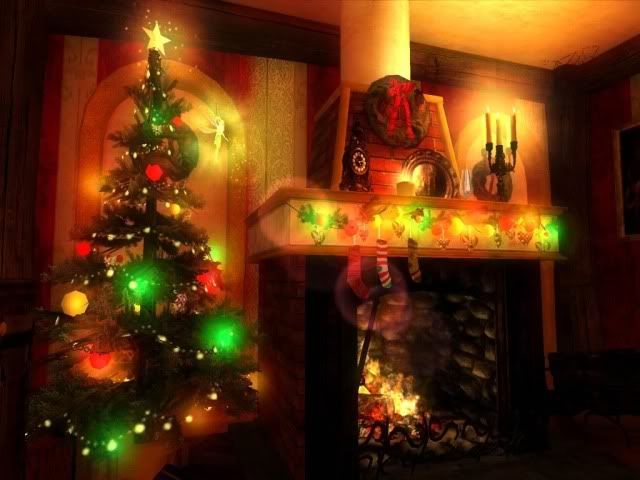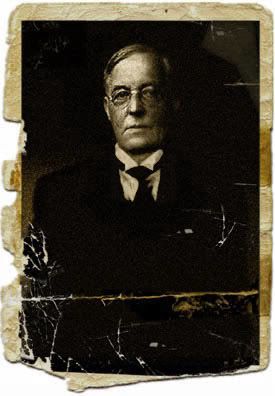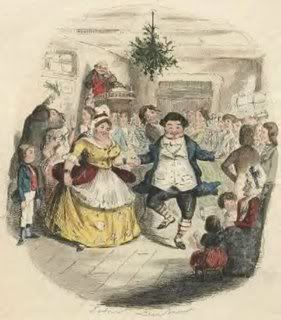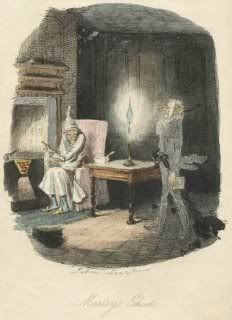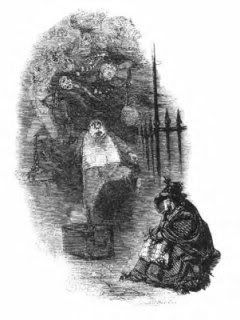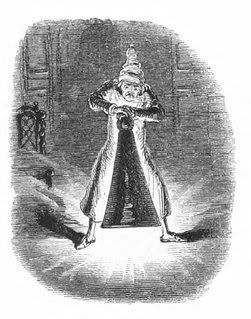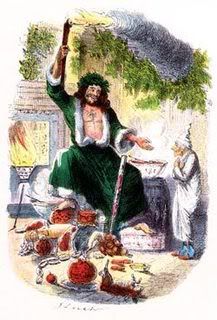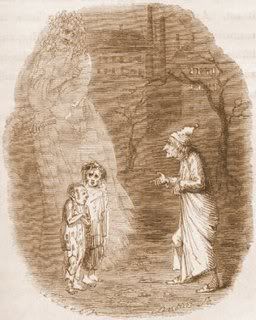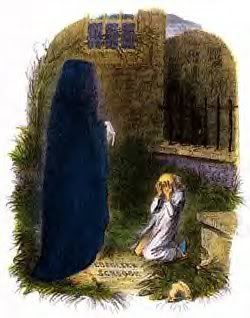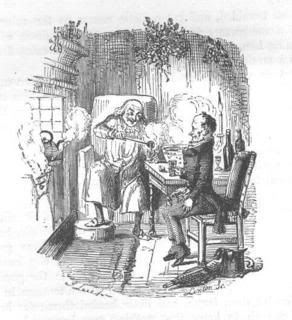We’ve all heard the story of how, way back in 1816, during a thunderstorm on Lake Geneva in Switzerland, the British Romantic poets Byron and Shelley, Shelley’s wife, Mary Godwin, Byron’s mistress Claire Clairmont, and "physician" and groupie John Polidori gave each other serious cases of goosebumps telling scary stories. There was an agreement made that all the participants would write a tale of terror. Shelley and Clairmont never completed theirs; Byron began one but abandoned it; Mary Shelley took her idea and made it into arguably the greatest horror/philosophical classic of all time, FRANKENSTEIN, or, THE MODERN PROMETHEUS.
And then, there was Polidori’s tale. Called "The Vampyre" and published in 1819, it was for many years wrongly attributed to Byron. Almost certainly, the main characters—Aubry, the wannabe man of the world, and the suave, sophisticated, yet brutal Lord Ruthven, who turns out to be a vampire—were based on Polidori and Byron themselves. Byron was at great pains to dissociate himself from its composition, and indeed from Polidori. But the story was embraced by its public, particularly by contemporary French and German Romantic poets, playwrights and composers. In 1821, it was dramatized for the stage by the German playwright Heinrich Ludwig Ritter. Seven years later, the composer Heinrich Marschner (1795-1861) and librettist Wilhelm August Wohlbruck turned Ritter’s play into an opera. DER VAMPYR premiered at Leipzig on March 28, 1828.
Marschner, according to Wiki, was the most important German Romantic composer between the two giants Carl Maria von Weber and Richard Wagner. DER VAMPYR was, in fact, quite a favorite of Wagner’s; he produced and conducted it several times himself, and once rewrote the ending of one of Aubry’s arias for his brother, an operatic tenor, who complained it wasn’t "effective enough"—an ambiguous phrase that I, at least, take to mean it didn’t give him scope to show off his high notes.
Wagner’s reworking of the aria did not catch on. In any case, the main character in both story and opera is Lord Ruthven, the vampire, a baritone role. Imagine my surprise when, last night while cruising YouTube, I found this gem: Ruthven’s aria "Ha! Noch einen ganzen Tag" ("Still a whole day"), sung by the operatic love of my life, Thomas Hampson.
I’m not sure exactly when this recording would have been made; at a guess, perhaps the very late 1980s or early 1990s. Hampson is in excellent voice, but—dare I confess—I got the giggles listening to him declaim, "Blut! Ich muss blut!" ("Blood! I must have blood!")
As to whether I would allow him any of mine?
It’s negotiable.
15 years ago
